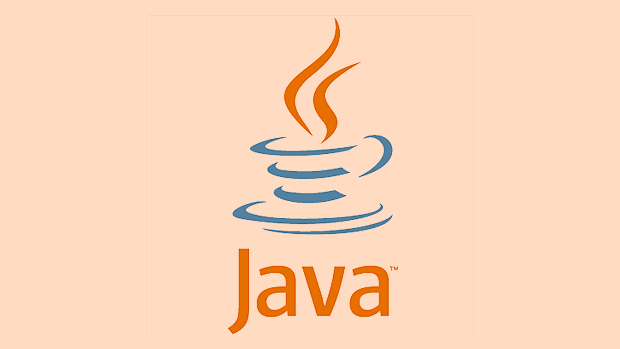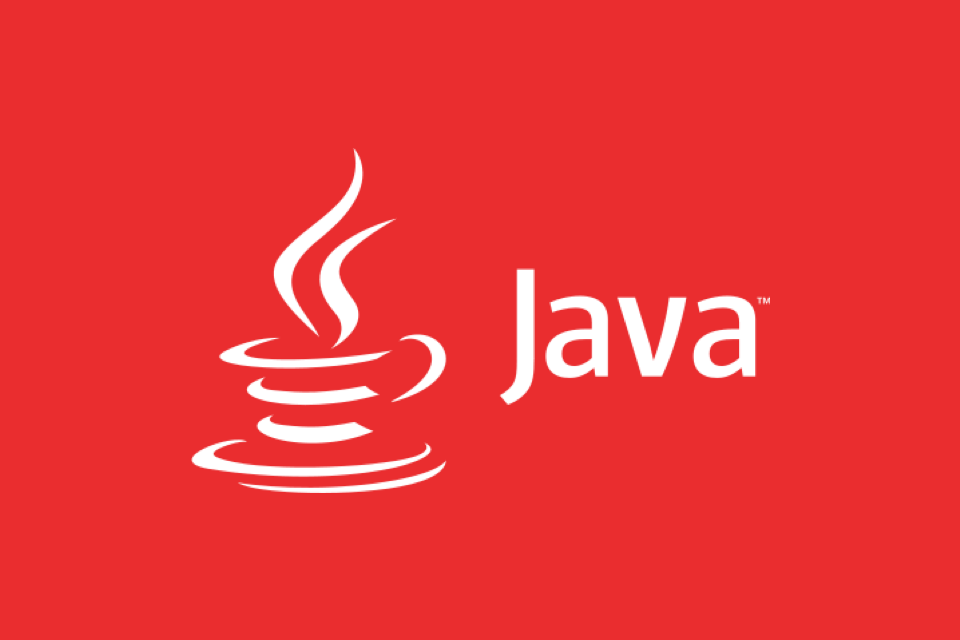Java Memory Model (JMM) is a set of rules to ensure the consistency of concurrent execution of Java programs on different platforms. 1. It improves performance through the division of main memory and working memory, but may lead to variable visibility problems; 2. JMM defines 8 operations to control memory interactions, such as read, load, use, assign, store, write, lock, unlock, and requires pairs to appear to ensure synchronization; 3. The volatile keyword guarantees visibility and orderliness, but does not guarantee atomicity, and is suitable for use in combination with state flags and CAS; 4. The happens-before principle provides a basis for judging memory visibility, including rules such as program sequence, lock, volatile variables, thread startup and termination, to help rationally use concurrent control means.

The Java Memory Model (JMM) is a set of rules defined in the Java language specifications, which are used to block the differences in memory access between different operating systems and hardware platforms, and ensure that Java programs can achieve consistent concurrent execution results on various platforms. Simply put, it defines the read and write behavior of variables in a multi-threaded environment, especially the visibility, orderliness and atomicity of shared variables.

The following is to understand the practical significance and key points of the Java memory model from several key perspectives.
1. The relationship between main memory and working memory
The Java memory model divides memory into main memory (Main Memory) and thread-private working memory (Working Memory) . Each thread has its own working memory, which stores a copy of the variables used by the thread.

- Threads cannot directly operate variables in the main memory, and can only operate copy of variables in their own working memory and then synchronize them back to the main memory.
- This design is designed to improve performance, but it also brings about variable visibility issues.
For example:
Thread A modified a shared variable, but has not written it back to main memory yet; at this time, thread B reads this variable, and may read the old value. This causes data inconsistency.
2. Interaction between memory
JMM defines 8 basic operations to control the interaction between main memory and working memory:

- read : Read variables from main memory into working memory
- load : put the read value into the variable copy of the working memory
- use : Pass the value in working memory to the execution engine
- assign : Assign the value received by the execution engine to the variable in the working memory
- store : transfer variable values ??in working memory to main memory
- write : Write the stored value into the variable in the main memory
- lock (lock)
- unlock
These operations must meet certain order and atomic requirements, such as read and load must appear in pairs, and the same is true for store and write.
3. The role of volatile keywords
volatile is a very important keyword in JMM, which can ensure the "visibility" and "orderline" of variables.
- Visibility: When one thread modifies the value of the volatile variable, other threads can immediately see the latest value.
- Orderability: prohibits instruction reordering and optimization to ensure that the code execution order is consistent with the writing order.
But it does not guarantee atomicity . For example, if you do i operation on a volatile variable, you still need to lock or use tool classes such as AtomicInteger to ensure thread safety.
Recommended usage:
- Mostly used for status flags (such as switch variables)
- Not suitable for complex composite operations
- Use with CAS to improve performance
4. happens-before principle
JMM uses the "wappens-before" principle to determine whether there is a memory visibility relationship between two operations. If A operates happens-before B operation, the result of operation A is visible to operation B.
Common happens-before rules include:
- Program Sequence Rules: Every operation in the same thread occurs in order
- Monitor lock rules: Unlocking operations occur before subsequent locking operations on the same lock
- volatile variable rules: The write operation to the volatile variable occurs before the subsequent read operation to the variable
- Thread start rule: Thread.start() occurs before any operation of that thread
- Thread termination rule: All operations of a thread occur before the end of that thread
These rules help us understand which operations are guaranteed to have memory visibility and avoid blindly using synchronized or volatile.
Basically that's it. Understanding Java memory model is not to remember all the details, but to know when to add locks, when you can use volatile, and when something goes wrong when writing concurrent programs. Although these mechanisms are at the bottom, they are very important in actual development.
The above is the detailed content of What is the Java Memory Model?. For more information, please follow other related articles on the PHP Chinese website!

Hot AI Tools

Undress AI Tool
Undress images for free

Undresser.AI Undress
AI-powered app for creating realistic nude photos

AI Clothes Remover
Online AI tool for removing clothes from photos.

Clothoff.io
AI clothes remover

Video Face Swap
Swap faces in any video effortlessly with our completely free AI face swap tool!

Hot Article

Hot Tools

Notepad++7.3.1
Easy-to-use and free code editor

SublimeText3 Chinese version
Chinese version, very easy to use

Zend Studio 13.0.1
Powerful PHP integrated development environment

Dreamweaver CS6
Visual web development tools

SublimeText3 Mac version
God-level code editing software (SublimeText3)

Hot Topics
 Difference between HashMap and Hashtable?
Jun 24, 2025 pm 09:41 PM
Difference between HashMap and Hashtable?
Jun 24, 2025 pm 09:41 PM
The difference between HashMap and Hashtable is mainly reflected in thread safety, null value support and performance. 1. In terms of thread safety, Hashtable is thread-safe, and its methods are mostly synchronous methods, while HashMap does not perform synchronization processing, which is not thread-safe; 2. In terms of null value support, HashMap allows one null key and multiple null values, while Hashtable does not allow null keys or values, otherwise a NullPointerException will be thrown; 3. In terms of performance, HashMap is more efficient because there is no synchronization mechanism, and Hashtable has a low locking performance for each operation. It is recommended to use ConcurrentHashMap instead.
 Why do we need wrapper classes?
Jun 28, 2025 am 01:01 AM
Why do we need wrapper classes?
Jun 28, 2025 am 01:01 AM
Java uses wrapper classes because basic data types cannot directly participate in object-oriented operations, and object forms are often required in actual needs; 1. Collection classes can only store objects, such as Lists use automatic boxing to store numerical values; 2. Generics do not support basic types, and packaging classes must be used as type parameters; 3. Packaging classes can represent null values ??to distinguish unset or missing data; 4. Packaging classes provide practical methods such as string conversion to facilitate data parsing and processing, so in scenarios where these characteristics are needed, packaging classes are indispensable.
 What are static methods in interfaces?
Jun 24, 2025 pm 10:57 PM
What are static methods in interfaces?
Jun 24, 2025 pm 10:57 PM
StaticmethodsininterfaceswereintroducedinJava8toallowutilityfunctionswithintheinterfaceitself.BeforeJava8,suchfunctionsrequiredseparatehelperclasses,leadingtodisorganizedcode.Now,staticmethodsprovidethreekeybenefits:1)theyenableutilitymethodsdirectly
 How does JIT compiler optimize code?
Jun 24, 2025 pm 10:45 PM
How does JIT compiler optimize code?
Jun 24, 2025 pm 10:45 PM
The JIT compiler optimizes code through four methods: method inline, hot spot detection and compilation, type speculation and devirtualization, and redundant operation elimination. 1. Method inline reduces call overhead and inserts frequently called small methods directly into the call; 2. Hot spot detection and high-frequency code execution and centrally optimize it to save resources; 3. Type speculation collects runtime type information to achieve devirtualization calls, improving efficiency; 4. Redundant operations eliminate useless calculations and inspections based on operational data deletion, enhancing performance.
 What is an instance initializer block?
Jun 25, 2025 pm 12:21 PM
What is an instance initializer block?
Jun 25, 2025 pm 12:21 PM
Instance initialization blocks are used in Java to run initialization logic when creating objects, which are executed before the constructor. It is suitable for scenarios where multiple constructors share initialization code, complex field initialization, or anonymous class initialization scenarios. Unlike static initialization blocks, it is executed every time it is instantiated, while static initialization blocks only run once when the class is loaded.
 What is the Factory pattern?
Jun 24, 2025 pm 11:29 PM
What is the Factory pattern?
Jun 24, 2025 pm 11:29 PM
Factory mode is used to encapsulate object creation logic, making the code more flexible, easy to maintain, and loosely coupled. The core answer is: by centrally managing object creation logic, hiding implementation details, and supporting the creation of multiple related objects. The specific description is as follows: the factory mode handes object creation to a special factory class or method for processing, avoiding the use of newClass() directly; it is suitable for scenarios where multiple types of related objects are created, creation logic may change, and implementation details need to be hidden; for example, in the payment processor, Stripe, PayPal and other instances are created through factories; its implementation includes the object returned by the factory class based on input parameters, and all objects realize a common interface; common variants include simple factories, factory methods and abstract factories, which are suitable for different complexities.
 What is the `final` keyword for variables?
Jun 24, 2025 pm 07:29 PM
What is the `final` keyword for variables?
Jun 24, 2025 pm 07:29 PM
InJava,thefinalkeywordpreventsavariable’svaluefrombeingchangedafterassignment,butitsbehaviordiffersforprimitivesandobjectreferences.Forprimitivevariables,finalmakesthevalueconstant,asinfinalintMAX_SPEED=100;wherereassignmentcausesanerror.Forobjectref
 What is type casting?
Jun 24, 2025 pm 11:09 PM
What is type casting?
Jun 24, 2025 pm 11:09 PM
There are two types of conversion: implicit and explicit. 1. Implicit conversion occurs automatically, such as converting int to double; 2. Explicit conversion requires manual operation, such as using (int)myDouble. A case where type conversion is required includes processing user input, mathematical operations, or passing different types of values ??between functions. Issues that need to be noted are: turning floating-point numbers into integers will truncate the fractional part, turning large types into small types may lead to data loss, and some languages ??do not allow direct conversion of specific types. A proper understanding of language conversion rules helps avoid errors.






